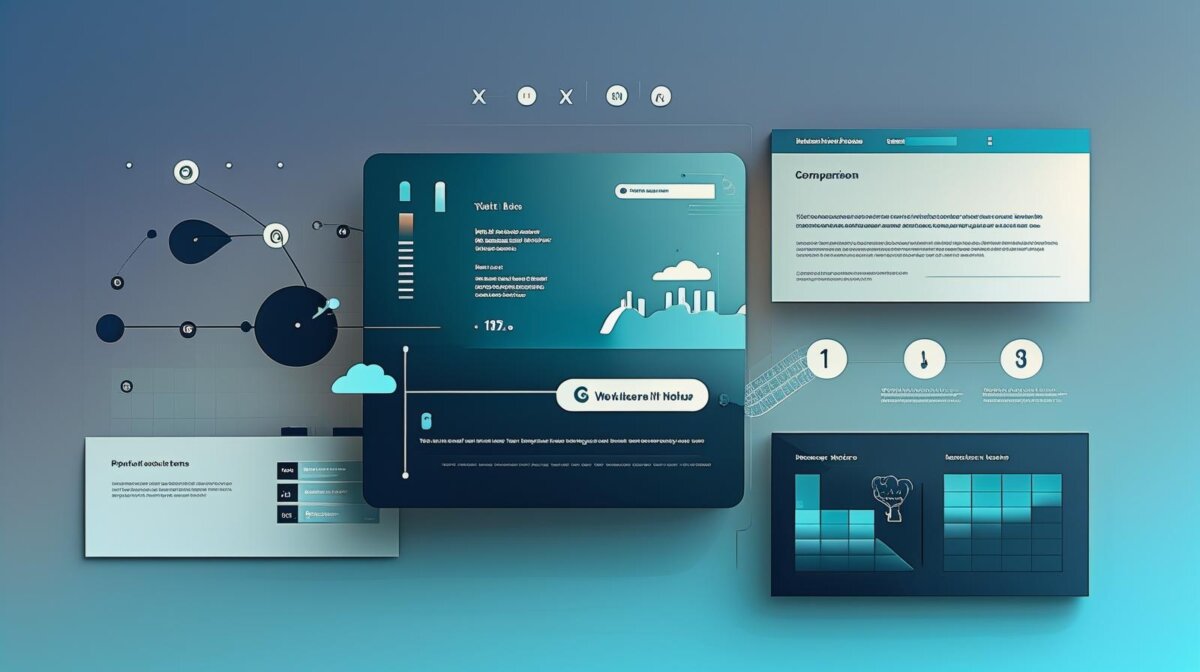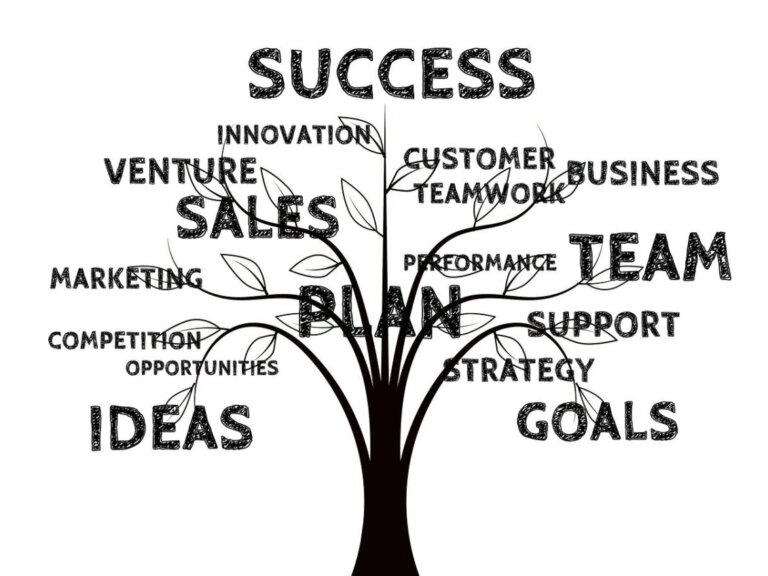
Best Shopping Feed Management for E-commerce
E-commerce growth hinges on how efficiently your business manages product data across multiple sales channels. Without precise, optimized shopping feed management, products may become invisible on Google Shopping, Meta platforms, Amazon, and major comparison engines—costing your brand sales, wasting ad spend, and eroding competitive advantage.
This guide is built exclusively for e-commerce decision-makers and marketing leads. You’ll find clear, actionable frameworks, data-driven recommendations, and visual breakdowns to help you select, implement, and maximize the right shopping feed management strategy.
Understanding the E-commerce Feed Challenge
Consistency, compliance, and agility are essential to successful shopping feed management. Each platform, from Google Merchant Center to Facebook Commerce Manager, imposes distinct requirements for data structure, including required fields (such as GTIN, color, or sale price), and necessitates frequent updates.
Common Pain Points in E-commerce Feed Management:
- Complex Channel Requirements: Every marketplace and ad platform uses its own data specifications and ranking signals.
- Need for Real-time Accuracy: Inventory, price, and promotions must update instantly to prevent overselling or wasted spend.
- Algorithm Sensitivities: Quality, depth, and compliance with data fields influence ad eligibility and cost efficiency.
- Scalability Pressures: Managing multiple brands, SKUs, and countries can strain internal teams and legacy tools.
Key Takeaways
- Early automation prevents compliance issues and lost sales.
- Feed management is a driver of profit—not just a technical task.
- Aligning feeds to each channel’s unique algorithm improves ad visibility and ROI.

Top Shopping Feed Management Approaches
Selecting the right method ensures feeds remain accurate, compliant, and conversion-focused at every stage of your growth.
Your Primary Choices
| SaaS Platforms | In-House Management | Agency-Led Management | |
|---|---|---|---|
| Definition | Third-party cloud tools for automated feed creation and multi-channel delivery. | Internal team manually builds feeds using spreadsheets, scripts, or ERP data. | Strategic partner (e.g., Vollcom Digital) manages everything end-to-end. |
| When to Choose | You have digital expertise and want control over optimization. | You have proprietary processes, niche needs, or strong IT capacity. | You prioritize scale, require expert strategy, and want proactive performance improvements. |
Key Providers:
- For SaaS: DataFeedWatch, Feedonomics, Productsup, ChannelAdvisor
- For open source/scripted: Google’s autofeed-gen GitHub
Checklist: Is Your Feed Management Approach Fit for Purpose?
- How many SKUs and channels do you manage?
- Do product attributes or prices change daily?
- Is your current approach scalable to new markets?
- Are feed errors or disapprovals recurring?
- Do you have the capacity for advanced optimization?
- Is your team positioned to act on analytics and test improvements?
In-Depth Comparison: SaaS vs. In-House vs. Agency
| Criteria | SaaS Platforms | In-House Management | Agency-Led Management |
|---|---|---|---|
| Setup Speed | Rapid onboarding, intuitive UI | Weeks-months, technical overhead | Variable; guided onboarding |
| Cost Structure | Monthly/annual subscription | Staff salaries, hidden IT costs | Retainer or project-based; performance KPIs |
| Scalability | Good for medium catalogs | Challenging for >10k SKUs or >5 channels | Excellent; scales as your business grows |
| Optimization | Relies on internal expertise | Custom scripting; often not real-time | Proactive, expert-driven, always up-to-date |
| Error Handling | Automated alerts | Manual; slow to detect | Monitored, fixed before impact |
| Support | Standard support, community forums | None, 100% internal | Dedicated experts, quarterly reviews |
| Strategic Input | Minimal | None | High; includes campaign and analytics advice |
Critical Insight:
“The right shopping feed management partner multiplies efficiency, eliminates hidden errors, and drives ongoing ROI across channels—far beyond what automation or manual processes alone can achieve.”

Advanced E-commerce Feed Optimization
Leverage these tactics to outpace the competition and get more from every product listing:
Step-by-Step: Dynamic Feed Optimization Workflow
- Product Data Ingestion: Connect product databases, ERP, or e-commerce platform (Shopify, Magento, WooCommerce).
- Attribute Mapping: Assign and standardize all required fields.
- Content Enrichment: Inject high-impact keywords, fill missing fields, optimize images.
- Automated Rules Engine: Customize promotions, synchronize inventory, adjust pricing.
- Channel Customization: Create tailored versions of feeds for Google, Facebook, Amazon, and others.
- Performance Monitoring: Real-time analytics, error alerts, iterative testing.
Tip: Open-source tools like autofeed-gen can help automate basic feed generation and field mapping when resources are limited.
Bullet Summary: Feed Optimization Techniques
- Incorporate algorithm-friendly keywords in product titles and descriptions.
- Enrich data using external sources to complete missing attributes.
- Use scheduled or real-time sync to reflect inventory and price changes.
- Run A/B tests on creative, pricing, and feed logic for continuous improvement.
- Assign custom labels for campaign segmentation and bid management.
- Monitor and fix feed errors proactively to maintain product visibility.
Optimization Techniques by Approach
| Technique | SaaS Platform | In-House | Agency-Led |
|---|---|---|---|
| Automated attribute management | ✓ | Scripted/manual | ✓ (enhanced) |
| Channel-specific feed customization | Limited | Complex/manual | ✓ |
| A/B testing & continuous improvement | Setup required | Rare | ✓ built-in |
| Real-time price/inventory updates | Integrated | ERP scripts | Advanced logic |
| Data enrichment (NLP/AI) | Rare | Not typical | ✓ progressive |
| Proactive error monitoring | ✓ alerts | Manual checks | Expert oversight |
Common Pitfalls and How to Avoid Them
- Out-of-date feeds: Schedule updates tied to real-time product data.
- Generic (not channel-optimized): Map and tweak attributes for each feed.
- Ignoring analytics: Set up routine reporting and act on insights.
- Manual errors: Shift to automation or expert oversight as you scale.
- Compliance lapses: Review channel requirements quarterly and use audit tools.
Future-Proofing Your Feed Strategy
Stay at the forefront by anticipating these trends:
- AI-driven product recommendations: Use machine learning to tailor feeds by audience and channel.
- Voice and image search optimization: Enhance feeds for next-gen discovery.
- Unified, cross-channel analytics: Standardize metrics for campaign and product performance.
- API-first strategies: Automate data transfer and reporting for agility.
FAQ: Common Concerns
Q: Is agency management worth the premium?
A: Agencies deliver strategy, technology, and seamless execution—saving you costly errors and surfacing new revenue opportunities.
Q: Can you trust an external partner with your catalogue?
A: Vollcom Digital’s onboarding integrates exhaustive business discovery, strategic roadmapping, and full transparency throughout.
Q: Will outsourcing reduce your control?
A: Vollcom Digital works as an extension of your team, with regular reporting, KPIs, and documented processes—preserving your oversight.
Process Flow
Key Takeaways
- Outsourcing to a specialized agency multiplies feed performance, reduces error risk, and future-proofs your strategy.
- The right approach liberates your team to focus on product and brand, not technical firefighting.
- Agency partnership is measurable—look for detailed proposals, clear onboarding, and shared KPIs.
Action Plan: Your Next Steps to Feed Success
Step-by-Step Guide to Maximizing Shopping Feed ROI
- Conduct a Feed Audit
- Map current structure and identify compliance gaps.
- Set Tangible KPIs
- Define channel-specific benchmarks (e.g., ROAS, impression share).
- Choose Your Solution
- Pilot SaaS, benchmark in-house, or interview agency partners.
- Automate & Optimize
- Implement sync, rules, and error handling routines.
- Run Regular Testing
- Experiment and iterate—pivot quickly based on data.
- Stay Informed
- Join marketplace programs, track trends, and adapt quarterly.
Maximize Your E-commerce Growth with Expert Shopping Feed Management
Take control of your product visibility, eliminate costly errors, and unlock new revenue potential. Vollcom Digital provides tailored solutions—combining automation, analytics, and expert guidance for enterprise-ready shopping feed management.
Contact us now for a free e-commerce shopping feed audit, and receive a personalized proposal designed to accelerate your growth, profitability, and cross-channel success.



Share